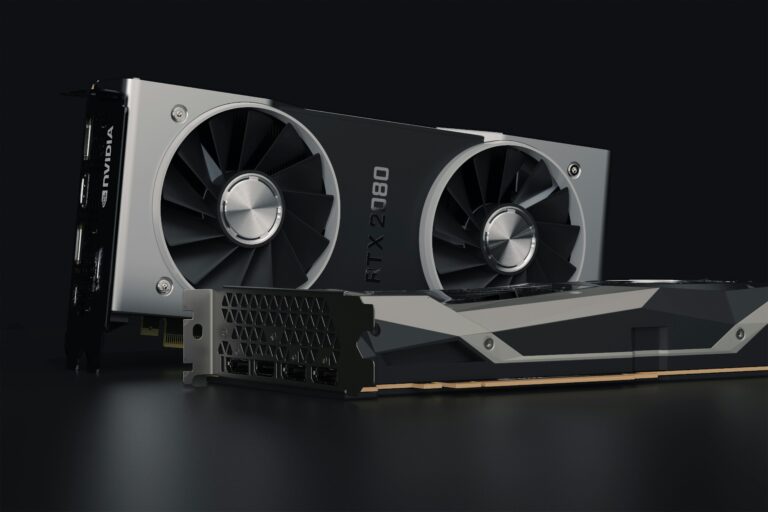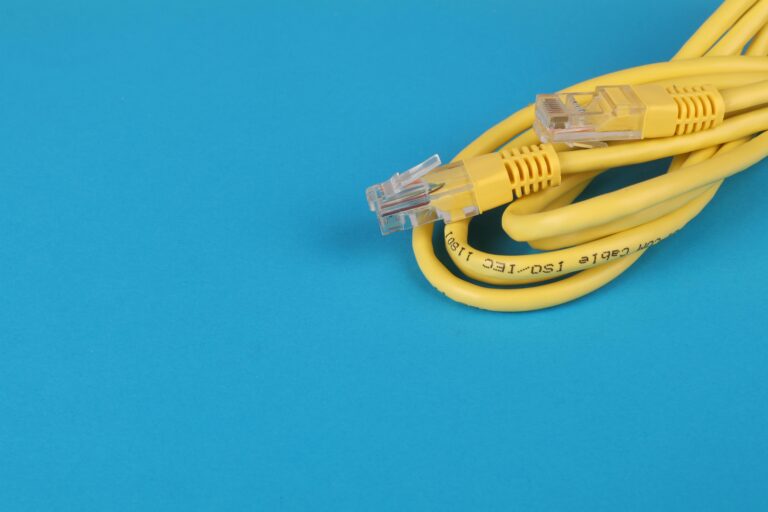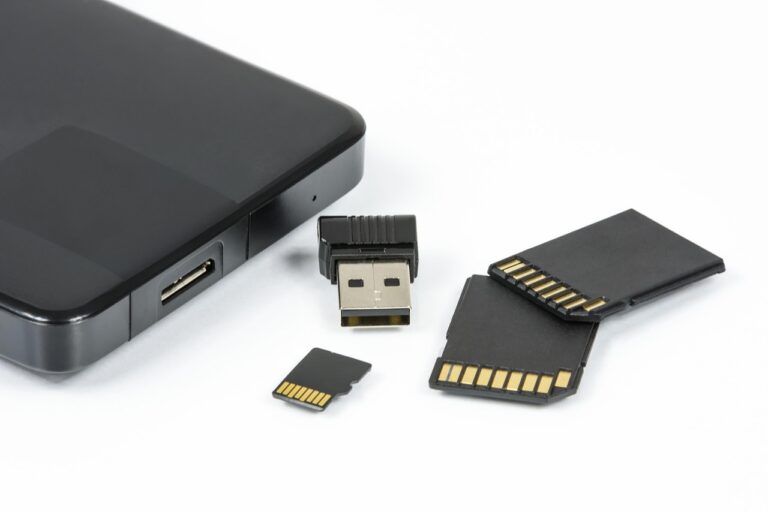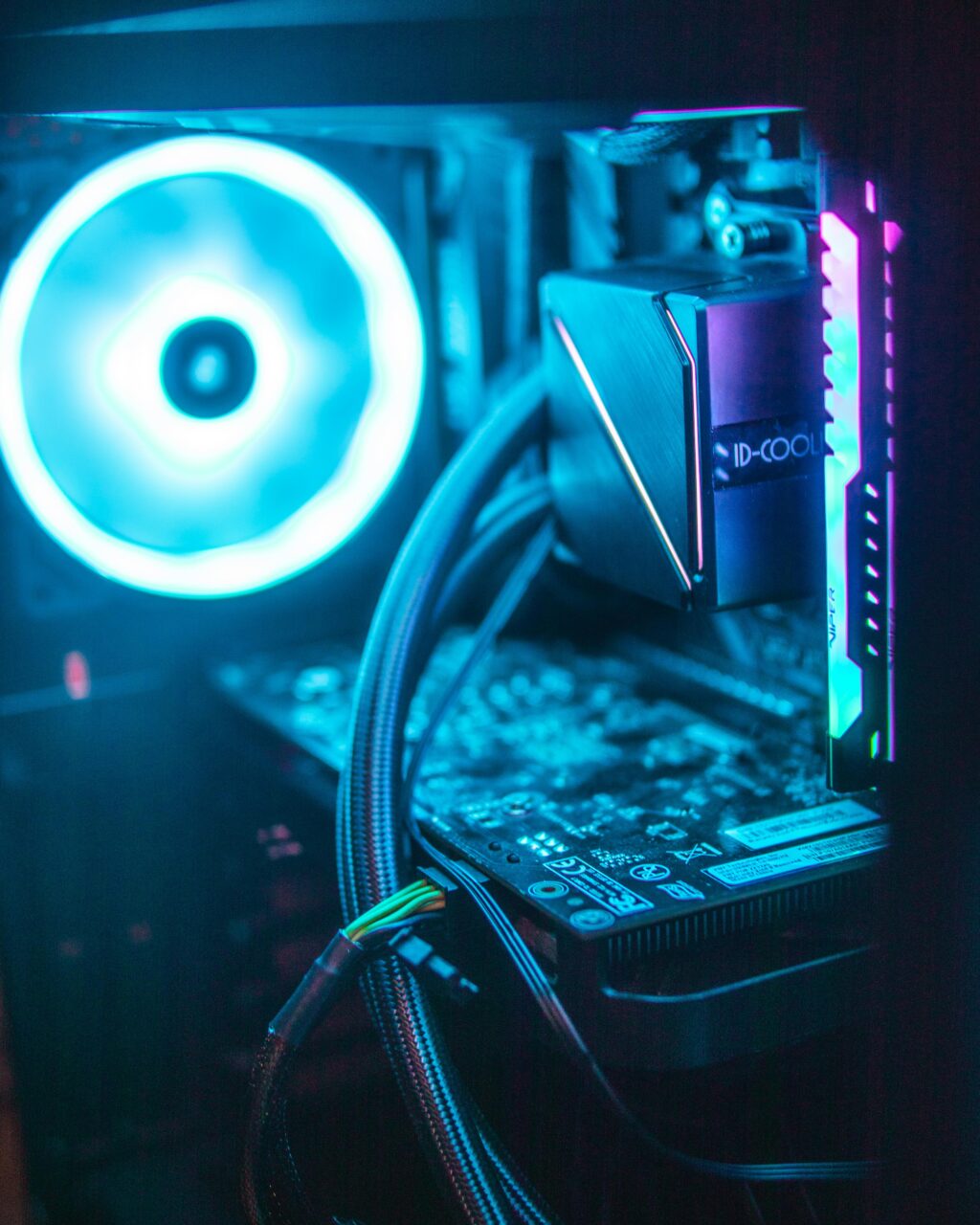
Building a PC can get expensive fast, especially with the prices of top graphics cards and gaming CPUs climbing every year. That’s why many builders are turning to used parts to save money while still getting great performance. But not everything in the used market is a safe bet. Some components are fine to buy secondhand if you’re careful, but others can lead to trouble. Here’s how to steer clear of five used PC parts that are best bought new if your budget allows, so you can avoid headaches down the road.
1. Skip Used Power Supplies—They’re Too Risky

Start by ruling out a used power supply (PSU). It’s the heart of your PC, delivering steady power to all your components, and a secondhand one can be a gamble, especially if you don’t know its age or how it was used. PSUs have internal parts that wear out over time, and even with a 10-year warranty, heavy use can make them unreliable. A used PSU might work at first but could fail later, especially with power-hungry setups. To stay safe, go for a new PSU unless it’s from someone you trust, a good brand, and fairly new. This way, you’ll protect your whole system.
2. Avoid Used Motherboards—Too Much Can Go Wrong
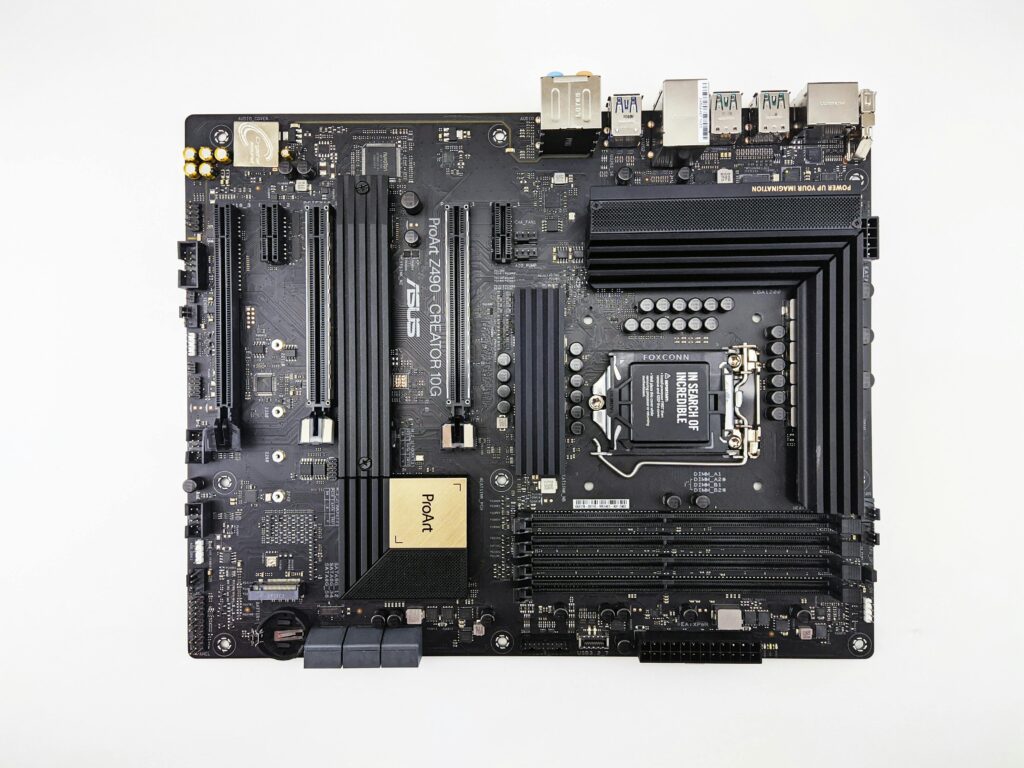
Next, think twice before grabbing a used motherboard. While you can inspect a used CPU or graphics card and run tests to check them, motherboards are trickier. They have lots of small parts—like capacitors and fuses—that can wear out, and a quick look won’t catch everything. Hidden issues, like faulty VRMs, could mess with your CPU’s power later on. To play it safe, buy a new motherboard, especially if you’re mixing it with other used parts. If you really trust the seller and can get the CPU and motherboard together, that might be okay—but new is still the better choice.
3. Don’t Buy Used CPU Liquid Coolers—They’re Prone to Failure
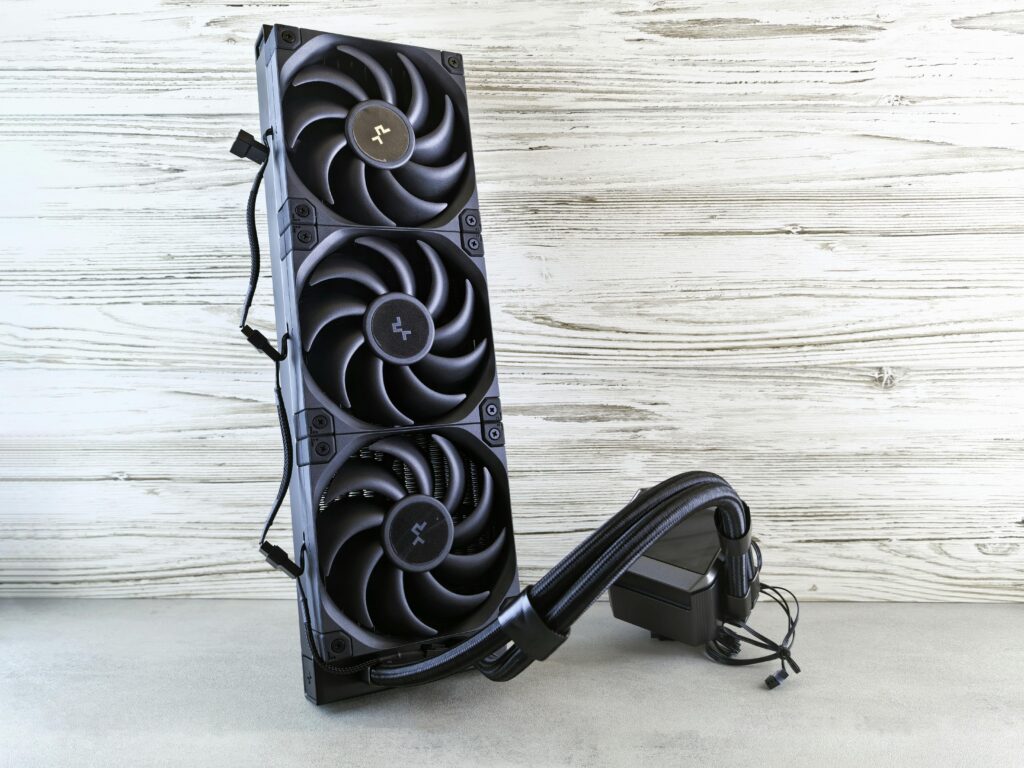
When it comes to cooling your CPU, avoid used liquid coolers. Unlike air coolers, which are simple and easy to check, liquid coolers (AIOs) have more parts that can fail—like the pump, coolant, radiator, and tubing. Even if it looks fine, a used AIO might break down months or years after you set it up, depending on how the previous owner used it. You can test it by checking CPU temps under load on the seller’s PC, but there’s still a risk. Instead, grab a new 240mm liquid cooler for about $50—it’ll come with a warranty and a much lower chance of leaks or breakdowns.
4. Pass on Used SATA and NVMe SSDs—They Wear Out Too

You might think SSDs are safer since they don’t have moving parts, but they still have a limited lifespan, so avoid buying them used. Most SSDs are rated for 600TBW, meaning you can write 600TB of data before they stop taking new writes—though they can still read data. For most people, that’s 5 years or more, but with a used SSD, you don’t know how heavily it was used. Someone writing 500GB daily could burn through a 600TBW SSD in just over 3 years! Use tools like CrystalDiskInfo to check its health, but to be safe, buy a new SSD. The small savings aren’t worth the risk of losing data or dealing with a shorter lifespan, especially with slower SATA SSDs.
5. Stay Away from Used Hard Drives—They’re Not Worth It

Finally, don’t bother with used hard drives (HDDs). Honestly, in 2025, SSDs are better in every way—speed, durability, noise, and even price—unless you need tons of storage for something like a NAS. If you don’t have a special reason, skip HDDs entirely. Used ones are an even worse idea. After 4-5 years, they often fail, showing slow speeds, strange noises, or just not working at all—I had to toss my Seagate 1TB drive after 4 years when it got painfully slow. To avoid losing important data, especially without good backups, go for a new drive instead of a used HDD. The savings just aren’t worth the hassle.
By steering clear of these five used components, you’ll build a more reliable PC without the worry of unexpected failures. What do you think about shopping for used PC parts? I’d love to hear your thoughts!
